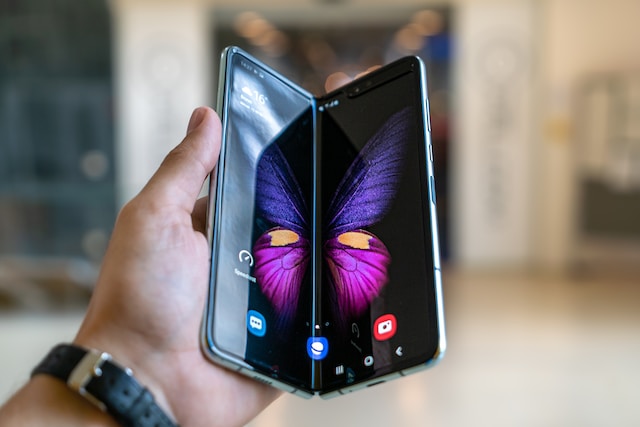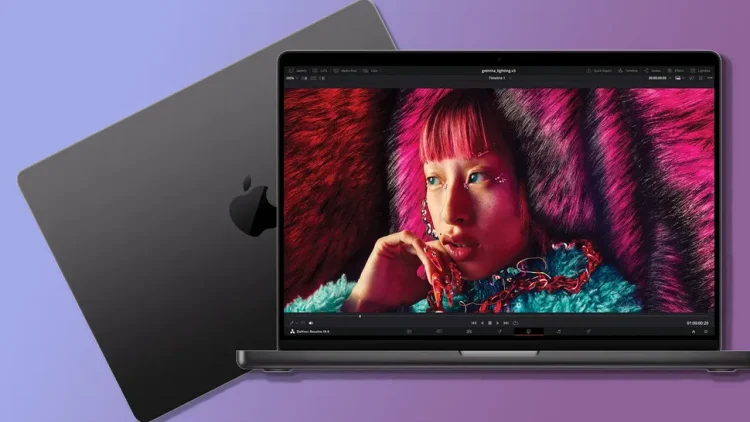
What Is 5G and What Does It Mean for the Future?. The world of wireless network technology is about to undergo a major transformation with the advent of 5G. This new generation of wireless networks promises to deliver unprecedented speed, bandwidth, and reliability, revolutionizing the way we communicate and do business. From healthcare to transportation to manufacturing, 5G is expected to have a profound impact on various industries. However, with the advantages come challenges and concerns, such as security and regulatory issues. In this article, we will explore what 5G is, its benefits, and its potential impact on communication, industries, and society as a whole.
Introduction to 5G Technology
What is 5G and how does it differ from previous wireless networks?
5G, or fifth-generation wireless technology, is the latest iteration of wireless networks. Compared to previous generations, 5G boasts faster speeds, lower latency, and increased network capacity. While 4G networks can deliver speeds up to 100 Mbps, 5G networks are capable of delivering speeds up to 10 Gbps.
Why is 5G considered a game-changer?
5G’s faster speeds and lower latency mean that it has the potential to revolutionize the way we use and interact with technology. From streaming high-quality videos to playing cloud-based games, 5G makes everything faster and more seamless. Additionally, it opens up new possibilities for industries that rely on wireless networks, such as healthcare and transportation.
The Benefits of 5G Networks
Increased speed and bandwidth
5G networks offer significantly faster speeds and greater bandwidth compared to their predecessors. This means that users can download and stream content faster, have access to higher quality video and audio, and enjoy more seamless online experiences.
Lower latency and improved reliability
5G networks also have lower latency, or the amount of time it takes for data to travel from one point to another. This means that when you send a request, the response time is much quicker, making activities like online gaming, video conferencing, and virtual reality experiences more responsive and immersive.
Enhanced network capacity
With 5G, networks can handle more devices and data at once. This increased network capacity means that more devices can connect to the internet without experiencing slow speeds or dropped connections, which is essential for the growth of the Internet of Things (IoT).
The Impact of 5G on Industries
Healthcare
In the healthcare industry, 5G has the potential to transform the way doctors and patients interact. With the ability to remotely monitor patients, doctors can provide more comprehensive and personalized care. Additionally, 5G can enable doctors to perform surgeries remotely, providing access to care in remote or under-served areas.
Transportation
5G can also have a significant impact on transportation. With the ability to quickly transmit data, self-driving cars can communicate with each other and with traffic lights efficiently and safely. This can reduce traffic congestion and make roads safer for drivers.
Manufacturing
In manufacturing, 5G can help increase efficiency and productivity through the use of IoT devices that can communicate with each other and with factory equipment. This can result in reduced downtime, fewer errors, and ultimately, lower costs.
Education
5G can also enhance the way we learn. With the ability to stream high-quality videos and offer remote learning experiences, students and teachers can access educational resources from anywhere in the world. This can help bridge the education gap in under-served areas and lead to more equitable learning opportunities.
5G and the Future of Communication
Revolutionizing the way we communicate
5G has the potential to revolutionize the way we communicate, enabling new possibilities for video conferencing, virtual reality experiences, and more immersive forms of communication.
Opportunities for innovation and entrepreneurship
With the increased network capacity and speed of 5G, entrepreneurs and innovators have the opportunity to create new businesses and applications that rely on fast, reliable wireless networks. This could lead to a new wave of technological innovation and economic growth.
The Challenges and Concerns Surrounding 5G
5G is undoubtedly the future of telecommunications. However, there are several challenges and concerns that need to be addressed before it becomes a reality.
Security concerns
With increased speeds and data transfer rates, 5G networks are more susceptible to security breaches. Hackers can exploit vulnerabilities in the network and gain unauthorized access to sensitive information. This calls for the implementation of robust security measures to protect against cyber-attacks.
Regulatory challenges
The deployment and regulation of 5G networks require a significant amount of investment, and governments need to allocate resources to support the establishment of this infrastructure. The regulatory framework for 5G also needs to be transparent, and policies must be put in place to ensure equitable access for all.
Socio-economic impacts
While 5G promises enhanced connectivity and faster internet speeds, there are concerns that it may exacerbate the digital divide. Areas not covered by 5G networks may be left behind, and the cost of 5G infrastructure may be prohibitively expensive for some developing countries.
5G Infrastructure and Deployment Progress
Current state of 5G infrastructure
Currently, 5G infrastructure is being rolled out in several countries, and telecommunication companies are investing heavily in upgrading their networks. While there are still areas with no 5G coverage, major cities in developed countries are already experiencing the benefits of the technology.
Global deployment progress
The deployment of 5G infrastructure is progressing at a rapid pace, and several countries are at different stages of the rollout. China is leading the way with the highest number of 5G base stations, followed by the USA and South Korea. Other countries, such as the UK and Germany, are also making significant progress.
5G and the Internet of Things (IoT)
Enabling the IoT ecosystem
5G is designed to be the backbone of the IoT ecosystem, enabling the connection of billions of devices. With its faster speeds and lower latency, 5G will facilitate the development of new IoT applications and services that were previously not possible.
How 5G will enhance IoT applications
5G will enhance IoT applications by improving the reliability and efficiency of data transfer. With the ability to support a massive number of devices, 5G will enable the use of real-time data processing, making IoT applications faster and more effective.
Conclusion: What to Expect from the 5G Revolution
The future of 5G and its potential impact on society
The future of 5G is bright, with the potential to revolutionize society in ways we have yet to imagine. With its faster speeds and low latency, 5G will enable the development of new technologies such as autonomous vehicles, smart cities, and virtual reality, among others.
Challenges that need to be addressed for widespread adoption
Despite the promise of 5G, there are still challenges that need to be addressed, such as the high cost of infrastructure, the digital divide, and security concerns. Governments, telecommunication companies, and other stakeholders need to work together to ensure that 5G is deployed in an equitable and secure way that benefits society as a whole.In conclusion, 5G is set to transform the world in ways we cannot yet fully comprehend. As the technology continues to evolve and progress, we can expect to see more applications and use cases emerge, and more challenges and concerns arise. Despite the obstacles, the potential benefits of 5G are too great to ignore, and it is up to us to work together to ensure a smooth transition to this new era of wireless communication.
FAQ
What is 5G?
5G stands for fifth-generation wireless network technology. It is the next step in wireless communication, promising to deliver faster speeds, lower latency, and improved reliability compared to previous generations.
How is 5G different from previous wireless networks?
5G is different from previous wireless networks in several ways. Firstly, it offers much higher speed and bandwidth, enabling faster data transfer and download speeds. Secondly, it has lower latency, which means less delay between sending and receiving data. Finally, it has enhanced network capacity, enabling more devices to connect to the network at the same time.
When will 5G be available?
5G is already available in some countries, with others planned to roll out in the near future. The exact timeline for 5G deployment varies depending on the region and country.
What are the potential health risks associated with 5G?
There is ongoing research into the potential health risks associated with 5G, particularly the effects of exposure to higher frequency electromagnetic radiation. However, the evidence thus far suggests that 5G is safe for human use, and telecommunications companies are required to adhere to strict safety regulations.
Read More :





